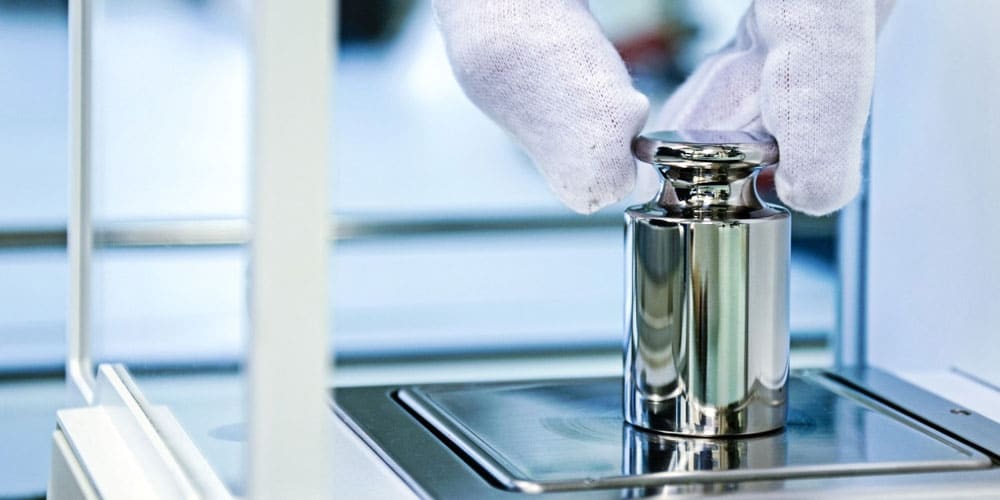Calibration is the process of evaluating and adjusting a measuring instrument or system to ensure that it performs accurately and meets the desired specifications. This involves comparing the readings of the instrument to a known standard and making any necessary adjustments. The goal of this process is to establish a relationship between the instrument’s readings and the true values of the quantity being measured.
Calibration is a crucial step in many industries, including manufacturing, scientific research, and healthcare, where accurate measurements are critical. For example, in manufacturing, accurate measurements are necessary to produce high-quality products that meet customer specifications. In scientific research, accurate measurements are necessary to ensure that results are reliable and can be replicated. In healthcare, accurate measurements are necessary for accurate diagnoses and treatments.
Types of Calibration
There are different types of calibration, including:
- Basic: This involves adjusting the instrument to ensure that it performs within its specified accuracy range.
- Multipoint: This involves comparing the instrument’s readings to a series of known standards to determine its accuracy over a range of values.
- Master: This involves comparing the instrument’s readings to a national or international standard to determine its accuracy.
Calibration is performed by trained technicians who use specialized equipment, such as reference standards, to evaluate the instrument’s performance. The frequency depends on the type of instrument and its use. Some instruments may require calibration after each use, while others may only need calibration once a year or less. In addition, it is important to calibrate instruments regularly to ensure that they are providing accurate readings. If an instrument is not calibrated, it may produce incorrect readings that could lead to incorrect decisions, wasted time, and wasted resources.
Conclusion
In conclusion, calibration is a critical step in ensuring that measuring instruments and systems perform accurately and meet desired specifications. By comparing the readings of the instrument to a known standard, calibration establishes a relationship between the instrument’s readings and the true values of the quantity being measured. Regular calibration is essential to prevent incorrect decisions, wasted time, and resources. To help companies manage their calibration programs effectively, GageList Calibration offers a comprehensive solution for tracking, managing, and reporting on calibrations. With GageList, companies can streamline their calibration processes, reduce errors, and improve the accuracy of their measurements. By using GageList Calibration, companies can ensure that their instruments are providing accurate readings and that their calibration program is running smoothly and efficiently.


